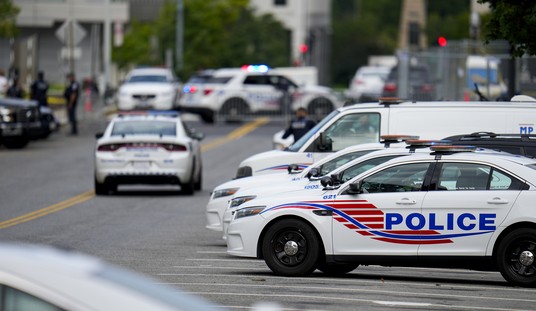This Week in American Military History:
Mar. 14, 1951: United Nations forces under the command of U.S. Army Gen. Matthew B. Ridgeway recaptures Seoul, Korea.
Mar. 15, 1781: British Army forces under the command of Lt. Gen. Charles Cornwallis march toward a pyrrhic victory over Continental Army and militia forces commanded by Maj. Gen. Nathaniel Greene at Guilford Courthouse (near present-day Greensboro), N.C.
Once engaged, the two armies fight for less than two hours. Tactically, it ends in a victory for Cornwallis, who drives Greene’s forces from the field. But British losses are heavy.
Cornwallis will purportedly say, “I never saw such fighting since God made me. The Americans fought like demons.” When word of Guilford Courthouse reaches London, Parliamentarian Charles James Fox will declare: “Another such victory would ruin the British army!”
Cornwallis’ entire army will surrender to the combined American-French forces of Generals George Washington and Comte de Rochambeau at Yorktown, Virginia, Oct. 19, almost seven months to the day after Guilford Courthouse.
Mar. 15, 1916: As World War I rages in Europe, a U.S. Army expeditionary force under the command of Gen. John J. “Black Jack” Pershing crosses into Mexico in pursuit of the bandit, Pancho Villa.
Though Villa will not be captured (he will be assassinated in 1923), the expedition will serve as both a proving ground for new American weapons systems and a combat-campaign prep school for many of the officers and men destined for European fighting in 1918.
Pershing – nicknamed “Black Jack” because of his command of black soldiers in the late 19th century – will ultimately command the American Expeditionary Force in World War I.
Mar. 16, 1802: Pres. Thomas Jefferson signs into law the establishment of a corps of engineers, which “shall be stationed at West Point in the State of New York and shall constitute a Military Academy.” The United States Military Academy is born.
George Washington, Henry Knox, Alexander Hamilton, John Adams, and others “desiring to eliminate America’s wartime reliance on foreign engineers and artillerists, [had] urged the creation of an institution devoted to the arts and sciences of warfare,” according to the official West Point website.
Mar. 16, 1945: Though Japanese resistance will continue for several more days, Iwo Jima is declared secure.
The following day, Adm. Chester W. Nimitz, commander-in-chief of the U.S. Pacific Fleet, will issue his now-famous communiqué:
“The battle of Iwo [Jima] Island has been won. The United States Marines by their individual and collective courage have conquered a base which is as necessary to us in our continuing forward movement toward final victory as it was vital to the enemy in staving off ultimate defeat. … Among the Americans who served on Iwo Island, uncommon valor was a common virtue.”
Mar. 17, 1776: British forces under the command of Gen. Sir William Howe begin evacuating Boston after Howe reluctantly concludes that the American artillery positions atop Boston’s commanding Dorchester Heights are “impregnable.”
Mar. 18, 1945: Some 1,250 American bombers and their fighter escorts roar toward Berlin in one of the U.S. Army Air Forces’ “heaviest” bombing raids on the German capitol.
The Nazis are finished. In six weeks, Adolf Hitler will commit suicide.
Mar. 18, 1945: Adm. Marc A. Mitscher’s Fast Carrier “Task Force 58” begins a several-day series of attacks on Japanese bases at Kyushu, Honshu, and Shikoku in preparation for the forthcoming Okinawa campaign. The enemy will mount a counterattack, but with only moderate effect. Japanese losses of shore facilities, aircraft, and men will be heavy.
In less than two years, Mitscher will die of a heart attack. Adm. Arleigh Burke will remember him as “the preeminent carrier force commander in the world. A bulldog of a fighter, a strategist blessed with an uncanny ability to foresee his enemy’s next move, and a lifelong searcher after truth and trout streams, he was above all else – perhaps above all other – a Naval aviator.”
Mar. 19, 1916: Four days after “Black Jack” Pershing crosses into Mexico, the U.S. Army’s 1st Aero Squadron under Capt. (future major general) Benjamin D. Foulois joins the hunt for Pancho Villa. Though Foulois’ aircraft will be used primarily for observation and delivery of dispatches, the squadron will be the first to test tactical air support of ground forces.
Today, the U.S. Air Force’s 1st Reconnaissance Squadron traces its lineage back to the 1st Aero Squadron.
Mar. 19, 2003: U.S. and coalition air and sea forces fire the opening shots in the invasion of Iraq.








Join the conversation as a VIP Member